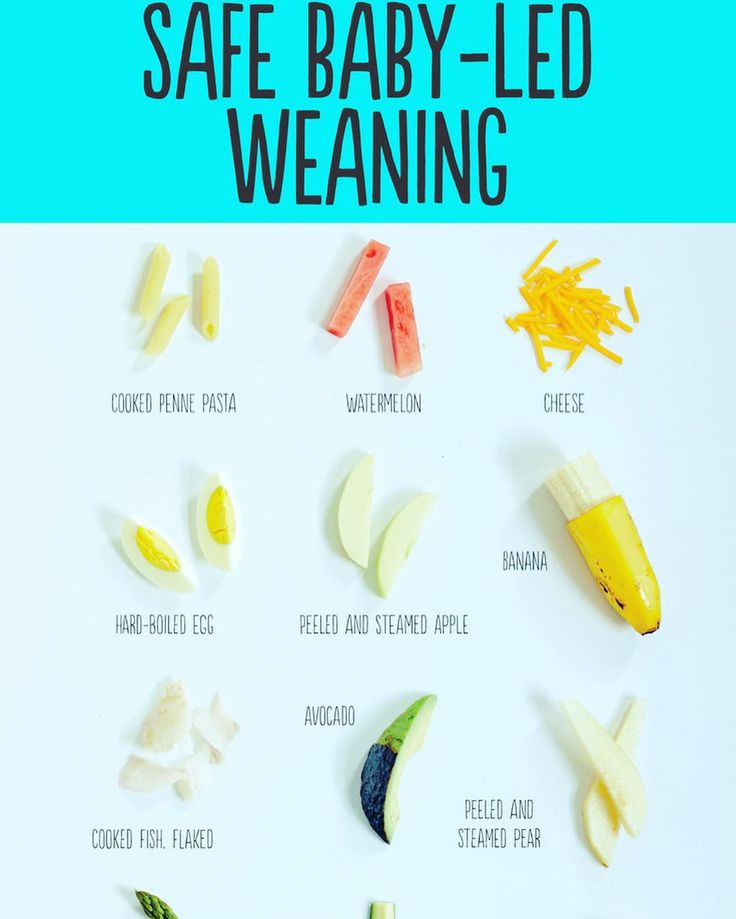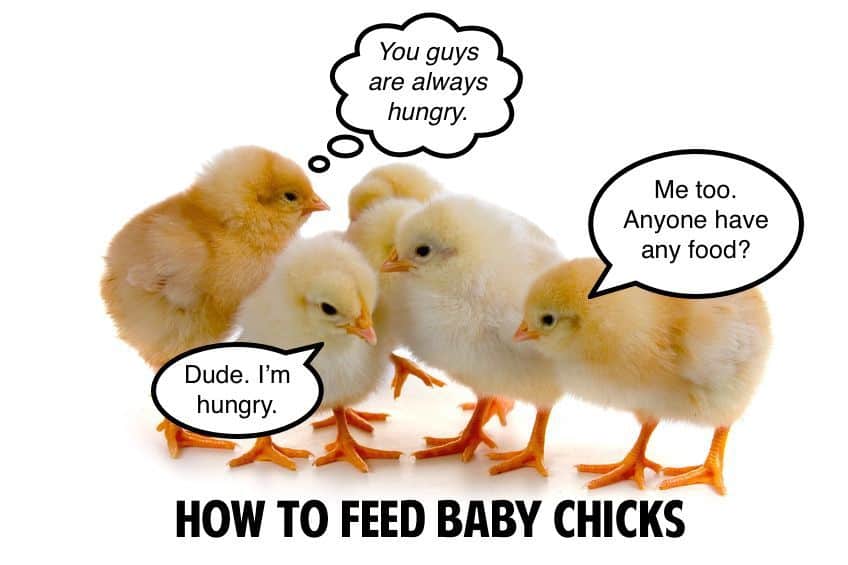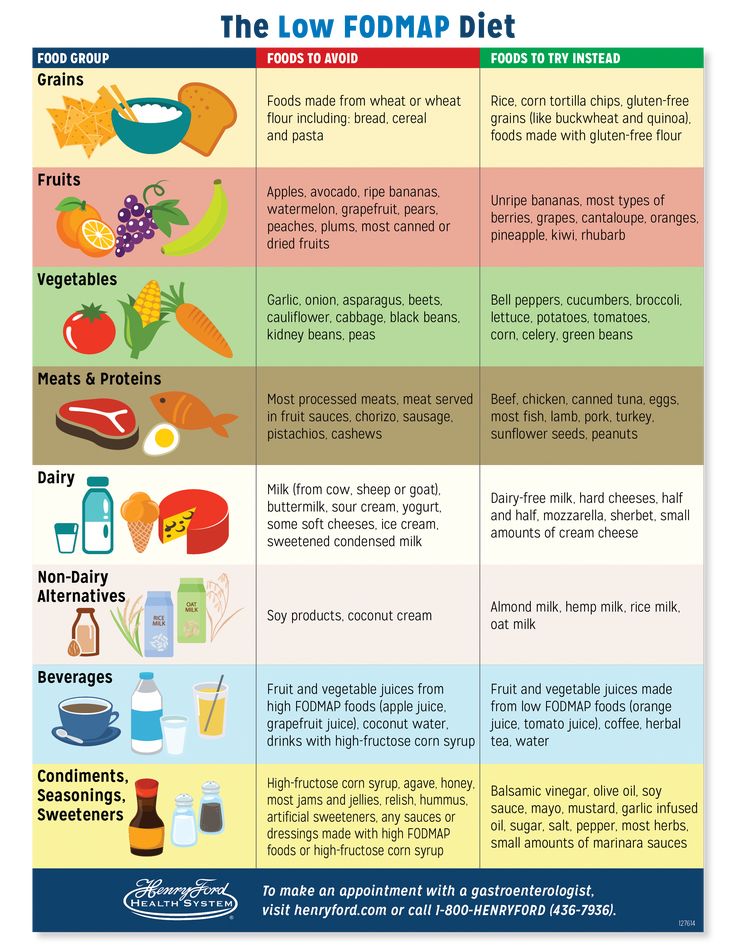How to feed baby swallows
How Do I Care for a Baby Swallow Bird That Fell From Its Nest?
By Lorelei Nettles | Updated November 01, 2017Things You'll Need
Baby bird formula
Canned kitten food
Eyedropper
Shoebox
Small bowl
White unscented paper towels
Dead insects
Plastic weaved basket
Warnings
If a bird is capable of hopping, a shoebox will not work. Create a vinyl mesh cage or purchase a picnic net shield to contain them.
Do not place baby birds into an aquarium as they can become dangerously hot or humid.
Do not peer down at the baby bird like a predator or over handle it, as this is very stressful to a bird.
If a bird is injured, take it to a veterinarian immediately.
Change bedding when it gets dirty or damp.
Maintain a steady temperature for the bird and keep it in a quiet place.
Once a bird is hopping up or sitting on your finger perches should be added to the enclosure.
Although it is always best to return a fallen baby bid to its nest, sometimes it's just not possible to do so. It is also best to leave the bird alone for an hour or two if it is in a safe area — possibly in a basket hung in a tree — because the mother may come to rescue it. Whether a bird can be saved at that point depends on how long it has been away from the nest and if it was physically injured before or after the fall. When possible a baby swallow should also be kept in outdoor temperatures, such as on a porch.
Place a small bowl into a shoebox. Line the bowl and box with shredded paper towels so it resembles a nest. Gently place the baby bird into the bowl. Cover the box with a large plastic weaved basket or box to protect the bird and keep it from wandering. Be sure the weave is tight enough to keep the bird from squeezing through.
Extract a small amount of the baby bird formula into an eyedropper. Place a drop on the swallow's beak. It may take a while for the bird to accept the formula, as it will be fearful and possibly very weak. It may take up to a day for the baby to actually take much in, but the bird will eat more as it gains strength. Feed the baby swallow every two hours during daylight hours. Someone should be with the bird all day.
It may take up to a day for the baby to actually take much in, but the bird will eat more as it gains strength. Feed the baby swallow every two hours during daylight hours. Someone should be with the bird all day.
Put a dab of room temperature canned kitten food on your fingertip and hold it out to the swallow once it is strong enough to accept food this way. Add small insects to the swallow's diet as well. Insects can be found near outdoor lighting fixtures at night and should be dead when served to the baby swallow.
References
- Ted Pack: A Barn Swallow Success Story - 2006
- Daily Puppy: How to Care for Baby Birds That Have Fallen Out of a Nest-By Carrie Perles
- 2nd Chance: Raising Orphaned Wild Baby Birds I Found A Baby Bird - What Should I Do?-Ron Hines DVM PhD
Resources
- St. Francis Wildlife: Rescuing Songbirds
- Wild Bird Watching: Baby Birds - Should I Help?
Tips
- If a bird is injured, take it to a veterinarian immediately.

- Change bedding when it gets dirty or damp.
- Maintain a steady temperature for the bird and keep it in a quiet place.
- Once a bird is hopping up or sitting on your finger perches should be added to the enclosure.
Warnings
- If a bird is capable of hopping, a shoebox will not work. Create a vinyl mesh cage or purchase a picnic net shield to contain them.
- Do not place baby birds into an aquarium as they can become dangerously hot or humid.
- Do not peer down at the baby bird like a predator or over handle it, as this is very stressful to a bird.
Photo Credits
How to Raise a Baby Barn Swallow
By Naomi Bolton | Updated September 26, 2017Things You'll Need
Tissue paper
Ice cream tub
Electric heating pad
Commercial insectivore diet
Minced meat
Veterinary vitamin and mineral supplement
Two children’s paint brushes
Blunt-end tweezers (optional)
Small bowl
Barn swallows, with their deeply forked tails, are interesting birds that feed only while they are flying. The young of this species are termed altricial, because they hatch naked and helpless. Barn swallow infants typically gape to request food and do not always need to be handled excessively, but this is nevertheless a challenging species to rear.
The young of this species are termed altricial, because they hatch naked and helpless. Barn swallow infants typically gape to request food and do not always need to be handled excessively, but this is nevertheless a challenging species to rear.
Ensure that the parents have abandoned the chick by observing it from a distance. In many cases, the parents will return and continue to feed the chick.
Place a number of layers of tissue paper onto the bottom of an ice cream tub and put the barn swallow into this artificial nest.
Place an electric heating pad onto the bottom of a cardboard box that is larger than the ice cream tub and place the ice cream tub onto the heating pad inside the box. Set the heating pad to between 90 and 95 degrees Fahrenheit. Place half of the ice cream tub onto the heating pad, so that the swallow can shift away from the heat source if it chooses to. Decrease this temperature by 5 degrees Fahrenheit each week after the chick develops feathers.
Prepare a mixture of 1 tablespoon of commercial insectivore diet and 1 tablespoon of minced meat. Add a pinch of a veterinary vitamin and mineral supplement to this mixture.
Add a pinch of a veterinary vitamin and mineral supplement to this mixture.
Dip a clean child’s paintbrush into the mixture and hold the brush in front of the swallow's beak. Place the mixture in the swallow’s mouth as soon as it gapes, which is the natural feeding response for this species.
Feed the swallow at least eight times per day. Feeding every two hours typically works well. Do not leave the fledgling for longer periods than two hours though. Feed the swallow until its stops gaping, which is an indication that it has eaten a sufficient amount.
Use a pair of blunt-end tweezers as an alternative to the child’s paint brush.
Dip a child’s paint brush into a small bowl of water and offer it to the fledgling between feedings.
Use a wet child’s paintbrush to wipe uneaten food from the beak and face of the swallow. By using the brush, you minimize handling, which is typically stressful to these tiny birds.
Use tweezers to remove the swallow’s fecal sac after each feed. Take care not to rupture the sac, as they are very delicate.
Take care not to rupture the sac, as they are very delicate.
References
- Twycross Zoo: Hand-rearing Swallow and Martins
- Wild Bird Watching: The Barn Swallow Habits
- BCB705 Biodiversity: Precocial and altricial chicks
Photo Credits
Writer Bio
Virtually growing up in a computer repair shop, Naomi Bolton has held a passion for as long as she can remember. After earning a diploma through a four year course in graphic design from Cibap College, Bolton launched her own photography business. Her work has been featured on Blinklist, Gameramble and many others.
How to save swallow chicks that have fallen out of the nest - Feeding and nursing abandoned chicks
Feeding and nursing abandoned chicks
Many summer residents have swallows under the roofs of their houses, and this happens almost every year. But sometimes it happens that the chicks fall out of the nest. There are people who don't even notice it. And there are those who will never pass by. This is especially true for children. Children will always want to help helpless birds. And here you can not do without the help of adults.
There are people who don't even notice it. And there are those who will never pass by. This is especially true for children. Children will always want to help helpless birds. And here you can not do without the help of adults.
Situations are different - somewhere we can help, but somewhere we can't. But to make every effort, especially when children are watching us, is simply necessary. Let's look at three main cases, and how we should act in them.
1. A fledgling chick fell out of the nest, but most likely there were a lot of chicks in the nest, and the remaining chicks themselves pushed it out. Alas, in this case we will not be able to help him, and the chick breaks in almost one hundred percent of such cases.
2. Below the nest, we find an almost adult bird. The chick can peck on its own, but it has not yet learned to fly. And at the bottom, he was most likely due to the fact that his parents thought that it was time for the chick to learn to fly. This is the easiest case. The chick needs to be transplanted to something high next to the nest, a fence is fine. Parents will definitely fly up to him and continue their flight training. It is only advisable to take the chick not with bare hands, so that the smell of a person is not transmitted to him, but at least with gloves (preferably new ones).
The chick needs to be transplanted to something high next to the nest, a fence is fine. Parents will definitely fly up to him and continue their flight training. It is only advisable to take the chick not with bare hands, so that the smell of a person is not transmitted to him, but at least with gloves (preferably new ones).
3. The most difficult case is when feathered chicks - yellowmouths - fall out of the nest. You can try to return from the nest, using the stairs. But there are cases that are quite difficult. Once, during a thunderstorm with a strong wind, the nest itself could not withstand the pressure of the wind and broke away from the wall. As a result, the youngest son takes home three yellowmouths, which there was nowhere to return, because the nest fell and broke.
I will warn you right away that it will be a hell of a job if you are going to feed such chicks. Constant noise, buzz, chirping, the demand to feed at any time of the day or night. But, to be honest, it is also an incomparable pleasure when the process is brought to the end, especially on the part of the child.
But, to be honest, it is also an incomparable pleasure when the process is brought to the end, especially on the part of the child.
Nest. Any dish more or less accommodating all the chicks will do. We had plastic shallow containers from the legs. Of course they must be washed and dry. It is advisable to line such a container with the straw and fluff that were in the nest, if this is not possible, then another dry grass will do. In extreme cases, cotton wool is suitable (this is if the grass becomes unusable, and there will be nothing to replenish stocks in the city).
Feeding. Permanent, on demand. As soon as your yellow beaks open, shove something edible into them. You need to feed with such things: ant eggs (my son went in search of ants every two or three days), medium-sized bloodworms (if you have a store nearby either for anglers or with animal feed). Never feed dry food! In extreme cases, feed a boiled egg (protein), but it will still need to be alternated with normal food. You need to feed with tweezers - pinch off a piece of protein or a piece of bloodworm and put it in your mouth. It is better to use tweezers not metal, but plastic, you can build it yourself from improvised means, the main thing is that there are no sharp edges.
You need to feed with tweezers - pinch off a piece of protein or a piece of bloodworm and put it in your mouth. It is better to use tweezers not metal, but plastic, you can build it yourself from improvised means, the main thing is that there are no sharp edges.
Water. You need to water the chicks from a syringe. But certainly not from a syringe with a metal needle. Throw away the needle, draw water into the syringe, press on the piston, a drop of water forms at the end of the syringe, bring it to the chick's mouth. It's hard at first, then you get used to it.
Remember to periodically clean the nest and change the bedding.
Soon the chicks will get used to it and will no longer be so afraid. The signal that they will soon need to be released is frequent flights around the apartment, sticking on window sills, carefully looking at what is happening outside the window. In the city, the chicks do not need to be released, take them to where they were picked up, that is, to your dacha. Leave the container in the terrace, open the doors to the street.
Leave the container in the terrace, open the doors to the street.
Do you think they will fly away right away? But figs there, they, too, will not immediately get used to the new world for them. They will also be interested to see what and how around them.
Our "eagle"
I don't know what happened to the birds there, ours periodically returned, flew away in the autumn. But in the spring, the children were very happy about the arrival of the swallows, vigorously expressed their delight, shouting "Ours, ours have arrived." And this, you see, is worth a lot, and no work can be compared with such childish emotions.
Return to previous page
What to feed the swallows? — Questioner
Julia Vorobieva
After a heavy rain, the nest with swallows fell down. Where the parents are is unknown, and 4 chicks decided to go out on their own. What can you feed them? I know that they are insectivorous, but I can’t constantly catch flies and mosquitoes, as well as buy dried ones - there is nowhere. Is it possible to give them dried fish worms? Can I have bread? I read about bread and what is possible and what is not.
Is it possible to give them dried fish worms? Can I have bread? I read about bread and what is possible and what is not.
- swallow
VV
Varvara Varya Sargsyan
do not grow, this is a very laborious task, bread is not allowed, only fresh worms, flies, etc. in vain would you parents return ...
D*
Dmitry **********
Feed frequently, every 3-4 hours. At night, from 12 to 5-6 you can take a break. Caring for a chick is not difficult - however, feeding takes a lot of time. You can feed the so-called nightingale mixture. Its basis is boiled eggs, carrots, crackers. A hard-boiled chicken egg must be grated on a fine grater, add grated fresh carrots (it is better to grate on such graters, after which not a puree-like mass comes out, but thin long pieces). For one egg, you need about half a medium carrot. To this mixture, you need to add grated white bread crackers in such a proportion that the finished mixture is moist, soft, but not sticky to your hands. Periodically, instead of an egg, you can add low-fat, non-acidic cottage cheese (if the cottage cheese is sour, then it must be scalded with boiling water. After that, squeeze and grate); fish food - daphnia, gammarus; crushed sunflower seeds, sprinkle them unpeeled on a newspaper and forcefully roll a glass bottle over them. It is better to give meat separately in the form of thin strips - beef, heart, chicken. The feeding process is simple: roll a ball out of the feed and put it in the open "mouth". True, it’s inconvenient to do it just with your hands - the chick’s mouth is small, the fingers are big. It is recommended to use tweezers, but it did not seem very convenient to me either. I cut a stick out of a linden branch, cut it lengthwise, removed the core, split one end, and sharpened the other slightly. It turned out a wonderful spoon-feeder, tested on thrush and wagtail chicks. You can drink from a pipette, syringe, spoon.
Periodically, instead of an egg, you can add low-fat, non-acidic cottage cheese (if the cottage cheese is sour, then it must be scalded with boiling water. After that, squeeze and grate); fish food - daphnia, gammarus; crushed sunflower seeds, sprinkle them unpeeled on a newspaper and forcefully roll a glass bottle over them. It is better to give meat separately in the form of thin strips - beef, heart, chicken. The feeding process is simple: roll a ball out of the feed and put it in the open "mouth". True, it’s inconvenient to do it just with your hands - the chick’s mouth is small, the fingers are big. It is recommended to use tweezers, but it did not seem very convenient to me either. I cut a stick out of a linden branch, cut it lengthwise, removed the core, split one end, and sharpened the other slightly. It turned out a wonderful spoon-feeder, tested on thrush and wagtail chicks. You can drink from a pipette, syringe, spoon.
After each feeding, you will need to remove the droppings, which are enclosed in a special capsule for small chicks.
Read more at http://zooclub.ru/consult/show.php?id=2074
AK
Alexey Kulyusov
How to feed a chick if there is no way to buy insects?
Unfortunately, forage insects are not available in all cities, and it is simply unrealistic to catch enough insects to feed the shearling. In addition, very often found shearlings are on the verge of starvation, and delay is unacceptable. In such cases, you can feed the chicks with a mixture based on low-fat, pre-treated cottage cheese. Once again I want to emphasize: no eggs, in any form! if you really want to release the swift in time.
Recipe for the mixture: boil low-fat fresh cottage cheese for a couple of minutes in water, let the whey settle and lay it on a thick cotton cloth. Hang to drain, periodically squeezing. The result is a plastic, non-acidic base into which dry components are mixed. It is assumed that these are dry insects, i.e. the same crickets, silkworm pupae, ant eggs, grasshoppers, locusts, etc. All this luxury can be bought in Moscow or ordered, again in Moscow. But this will take a lot of time.
All this luxury can be bought in Moscow or ordered, again in Moscow. But this will take a lot of time.
Dried daphnia can be used instead of dry insects. This is an inexpensive food for aquarium fish, which is sold everywhere. There is only one quality requirement: daphnia should be light, that is, not burnt, and there should be no foreign impurities in the feed. As a rule, such daphnia has a not too strong smell, mixes very easily with the curd base and practically does not smell in the finished version. In addition to daphnia, you can also use another food for aquarium fish - dried gammarus. Quality requirements are the same as for daphnia.
Now we are preparing a mixture for feeding the chick. The main rule: in the mixture of all components should be the same in volume, that is, a teaspoon of dry ingredients is added to a teaspoon of cottage cheese. If you get a too crumbly mixture that cannot be rolled into balls, then you can add fresh minced veal, no more than 1/3 of the volume of cottage cheese. The meat in this case will simply stick the mixture together to make it more convenient to feed.
The meat in this case will simply stick the mixture together to make it more convenient to feed.
The prepared mixture can be stored in the refrigerator for up to 1 day. Processed cottage cheese in a clean container is normally stored for two to three days, but then it dries up and turns sour. It is very important to feed the chicks only fresh food to avoid poisoning troubles. Wash your hands before each feeding, especially if you have to force feed. One meal is enough volume with a coffee spoon. You need to feed the chicks quite often, after 2 hours. If your chick is very small, he is not yet 4 weeks old, then he needs to be fed from 7 am to 12 am every two hours. Older chicks can be fed after three hours.
ТЭ
Tamerlan Egiev
Fresh flies. Earthworms. They will not eat dry food.
Vitya Lobenkov
they eat insects they catch them in flight so don’t listen to the lady in the red hat the swallow you can’t tame the bird with such a diet it’s like the ditchers should have taken them parents would have flown in and now they won’t accept them the smell of the wrong one
Related questions
what kind of weevil and what to feed
how to feed the praying mantis? And how much food do you need per day?
how to lure swallows.











